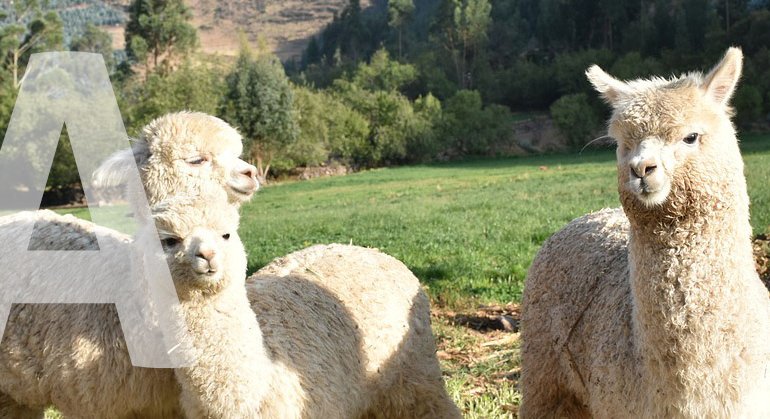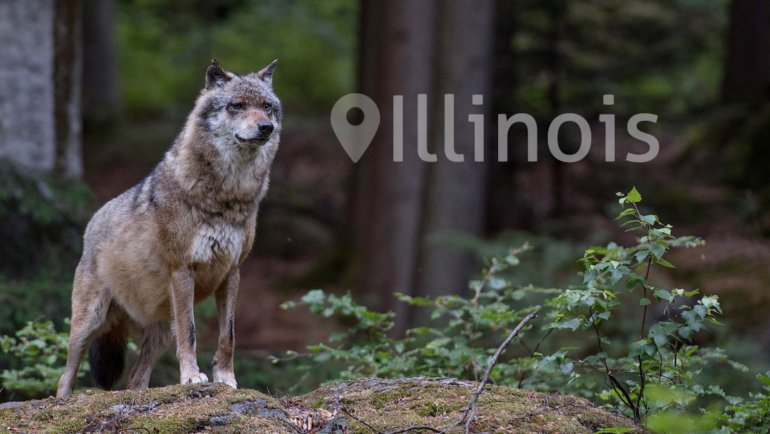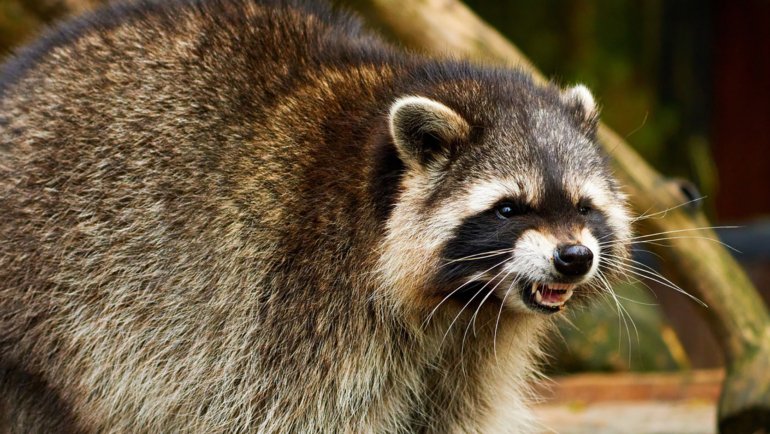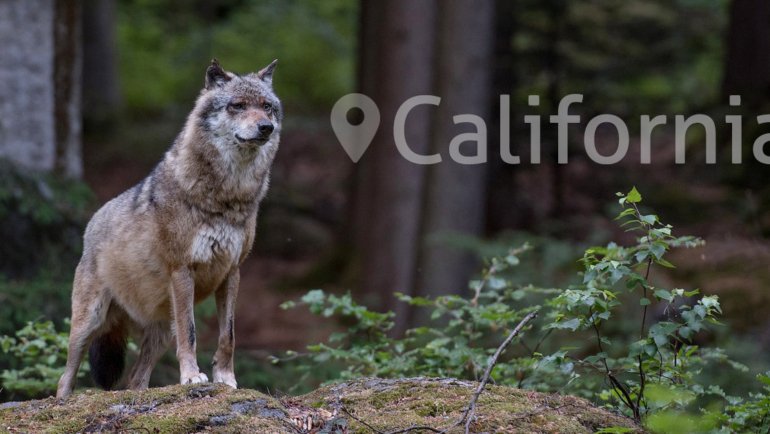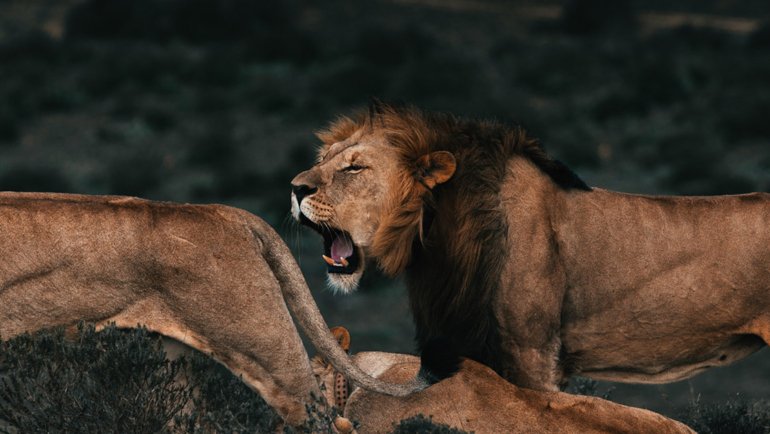In the vast landscapes of Africa, a myriad of creatures roam with their own sets of strengths and survival tactics. Two such creatures, while vastly different in size and lifestyle, have managed to captivate the imaginations of many due to their fearsome reputations: the majestic lion and the relentless honey badger.
At first glance, the very notion of these two crossing paths in a confrontational manner might seem ludicrous. The lion, after all, is the so-called “King of the Jungle,” while the honey badger is a much smaller mammal.
However, the honey badger’s reputation for fearlessness has led to whispers, myths, and the burning question: “Can a honey badger kill a lion?” In this exploration, we’ll delve deep into the characteristics of both animals, dispelling myths and uncovering truths.
Physical Attributes of Lions and Honey Badgers – Comparison
Lion
The lion, predominantly found in Africa with a smaller population in the Gir Forest of India, is one of the largest big cats and apex predators. Adult male lions typically weigh between 330 to 550 pounds (150 to 250 kg) while females, or lionesses, are slightly smaller, weighing in at around 265 to 400 pounds (120 to 180 kg).
One of the lion’s most distinctive features is the mane found on males, which not only adds to their imposing appearance but also serves as protection during fights.
This magnificent creature is built for power. With strong, muscular legs, it can run at speeds of up to 50 mph (80 km/h) in short bursts. The lion’s claws, retractable and razor-sharp, coupled with its immensely strong bite, make it a formidable predator.
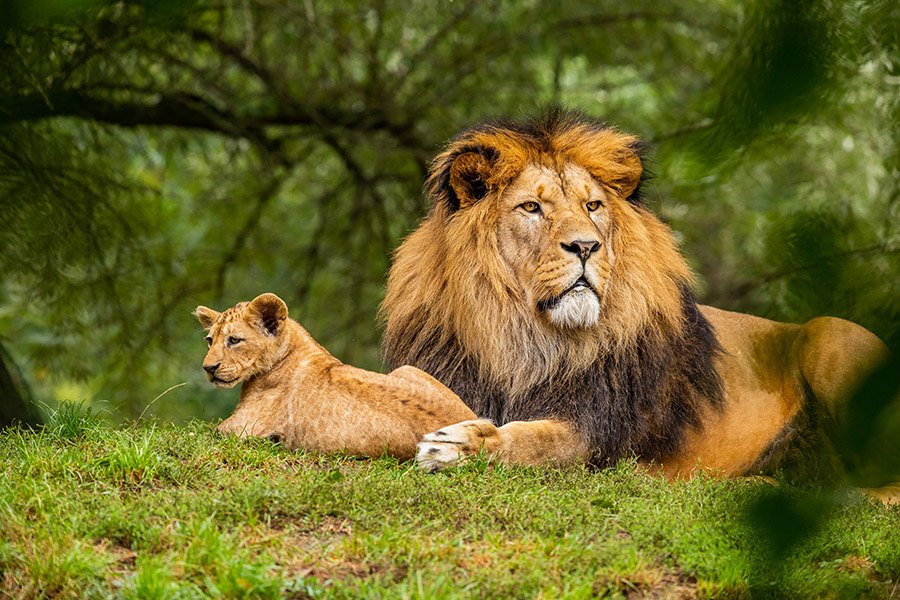
Honey Badger
In stark contrast, the honey badger, or ratel, is considerably smaller, with adults typically weighing between 13 to 30 pounds (6 to 14 kg) and measuring up to 11 inches (28 cm) at the shoulder. However, what it lacks in size, it compensates for with its distinctive and functional physical features.
Its unique black and white coat serves as a warning to potential predators and adversaries. One of the honey badger’s most notable attributes is its skin. Thick and rubbery, it provides protection against bites, stings, and other forms of attack. This skin is also loose, allowing the honey badger a degree of movement within it, which is particularly useful when caught in the grasp of a predator.
The honey badger’s claws, long and sharp, are primarily used for digging but can also serve as effective weapons. However, it’s not just the physical attributes but the sheer tenacity and fearless spirit of the honey badger that has earned it respect (and a wide berth) from many animals in the wild.
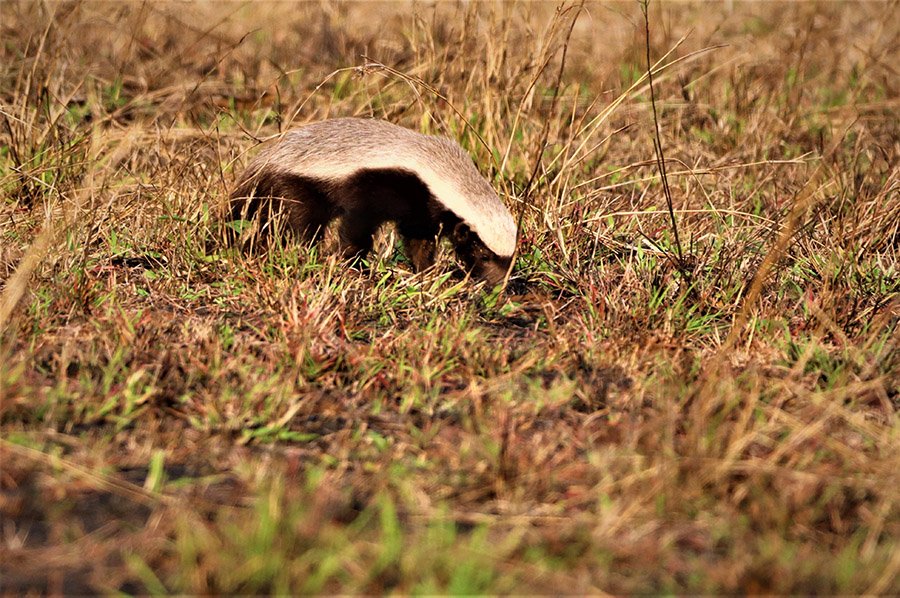
Where Do Lions and Honey Badgers Live?
Lion
The vast and open landscapes of African savannahs and grasslands are the primary realms of the lion. These regions, dotted with acacia trees and interspersed with patches of brush, provide lions with ideal hunting grounds as well as shade for rest.
Lions rely on stealth and group hunting tactics, often utilizing the tall grass as cover to stalk their prey. Besides Africa, a small population of lions, known as Asiatic lions, can be found in the Gir Forest of western India.
This isolated population has adapted to the drier forests and scrubland of its Indian habitat, a testament to the lion’s ability to adjust to different environments.
Honey Badger
The honey badger is a creature of versatility when it comes to habitats. While it’s widely distributed across Africa, it also stretches its range into the Middle East and parts of the Indian subcontinent.
This adaptable mammal thrives in a variety of settings — from the dense forests of Congo to the arid deserts of Namibia and Kalahari. Their burrowing behavior is crucial for survival, providing shelter from extreme temperatures and potential predators.
In the vast terrains they inhabit, honey badgers have evolved to become resilient scavengers and hunters, making the most of their environment.
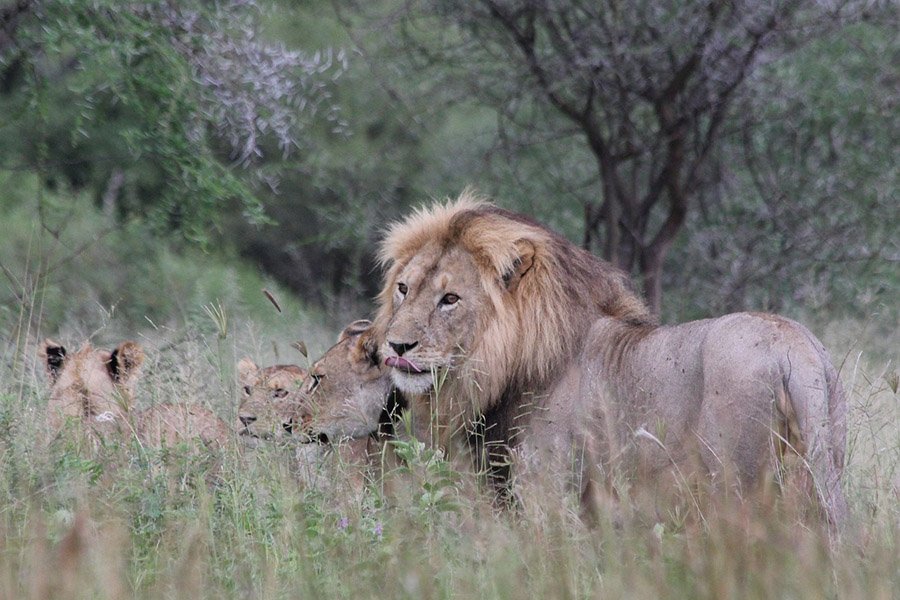
Behavior and Lifestyle of Lions and Honey Badgers
Lion
Lions are unique among big cats for their social behavior, living in groups known as prides. A typical pride comprises related lionesses, their offspring, and a coalition of one or more males that have earned the right to mate. Within this structure, lionesses often synchronize their breeding and collectively rear their cubs.
Hunting is also a collaborative effort, with members of the pride often working in tandem to take down larger prey. Territory is paramount for lions.
Males regularly mark their domain with scent markings and reinforce their claim with roaring, a deep and resonant sound that can travel for miles, signaling their dominance and warning potential rivals.
Honey Badger
In stark contrast to the lion’s sociable nature, the honey badger is predominantly solitary. These mammals are largely nocturnal, choosing to venture out during the cooler temperatures of the night. Although they might be solitary in their habits, their fearlessness is legendary.
Honey badgers have been known to challenge animals much larger than themselves, including predators like leopards or hyenas, especially when threatened or cornered.
This confrontational nature, backed by their tough skin and sharp claws, often means that even the larger predators give them a wide berth. Their reputation is so formidable that folklore across continents often hails the honey badger as the bravest of all animals.
Hunting Techniques and Diet
Lion
Lions stand tall as one of the apex predators in the African ecosystem. With their powerful builds and cooperative hunting tactics, they primarily target larger ungulates such as wildebeests, zebras, and antelopes. Their hunting strategy is mainly one of stalk-and-ambush.
Utilizing the natural cover provided by tall grasses and terrains, lions approach their prey stealthily, often using multiple members of the pride to surround and trap the prey before launching a swift and lethal attack.
The females, known for their agility and speed, usually spearhead the hunts while males, given their bulky size, often join in to take down larger or more challenging prey.
Once the prey is caught, it is swiftly taken down, with the lion using its powerful jaws to deliver a fatal bite, usually to the prey’s throat.
Honey Badger
The diet of the honey badger is as fierce and varied as its reputation. Being opportunistic omnivores, they consume a wide array of food. With their strong and sharp claws, honey badgers are adept at digging out rodents, insects, and larvae from the ground.
They are even known to courageously tackle venomous snakes, showing an impressive resistance to venom. Beehives too aren’t safe from these relentless foragers, with honey badgers often raiding them to consume honey and bee larvae, a behavior that earned them their name.
Their resilience, fearlessness, and adaptability make them one of the most efficient hunters in their habitats, regardless of their size.
How Do Lions and Honey Badgers Interact in the Wild?
In the vast expanses of the African wilderness, the paths of the lion and honey badger do cross, albeit infrequently. Historical accounts and modern anecdotal evidence suggest that confrontations, while rare, are intense.
Lions, being apex predators, might sometimes view honey badgers as potential prey, especially young or inexperienced lions. However, the honey badger, with its indomitable spirit, thick skin that’s hard to penetrate, and fearless nature, doesn’t make for easy prey.
On some occasions, honey badgers have been observed standing their ground, hissing and charging at lions, often leading the larger predator to reassess the situation. While the honey badger’s defenses and bravery can deter a lion, direct confrontations are still dangerous for the badger.
However, the narrative that a honey badger can kill a lion is more myth than reality, as the size and strength disparity is considerable. Still, these interactions underscore the honey badger’s reputation as one of the most fearless animals in the wild.
Can a Honey Badger Kill a Lion? – Debunking the Myth
The idea that a honey badger might kill a lion sparks intrigue due to the sheer audacity of such a claim, especially given the significant size difference between the two animals. But can it really happen?
The straightforward answer is no; under normal circumstances, a honey badger cannot kill an adult lion. The premise of this myth largely stems from the honey badger’s well-deserved reputation as a fierce and fearless creature.
Over the years, tales of the honey badger’s tenacity in the face of danger, combined with their confrontational interactions with various animals, have contributed to such exaggerated beliefs.
While honey badgers have been known to defend themselves fiercely against lions, the dynamics of an actual kill are implausible. The myth is a testament to the honey badger’s courageous spirit, but it’s essential to differentiate between bravery and capability.
Conservation Status and Threats
Lions are currently listed as vulnerable by the International Union for Conservation of Nature (IUCN). Their populations have been on a steady decline due to a combination of factors. Habitat loss, resulting from increasing human settlements and agriculture, is a significant concern.
Additionally, lions face threats from poaching, retaliatory killings due to human-lion conflicts, and a decline in their prey base. Disease, notably canine distemper and feline immunodeficiency virus, also poses challenges to lion populations in certain regions.
The honey badger is currently listed as “Least Concern” by the IUCN. However, this doesn’t mean they are without challenges.
Habitat destruction, human-wildlife conflicts, and direct persecution due to their predation on domestic poultry and beekeeping activities are issues they face in various parts of their range. While they have a broad and diverse habitat distribution, localized threats could impact specific populations.
Frequently Asked Questions
Why is the honey badger often labeled as the world’s most fearless animal?
The honey badger’s reputation stems from its bold confrontations with animals much larger than itself. Their tenacity, combined with their ability to tackle venomous snakes and willingness to challenge apex predators, has solidified this title for them.
Are there instances where lions have preyed upon honey badgers?
While rare, there have been observed instances where lions have attempted to prey on honey badgers. However, the badger’s defensive behaviors, combined with its tough skin, often make it a difficult target.
How does the honey badger defend itself against larger predators?
Honey badgers employ a combination of hissing, growling, and a fearless charge to deter potential threats. Their thick and loose skin makes it hard for predators to get a firm grip, allowing the badger to turn around and use its sharp teeth and claws.
What makes honey badgers resistant to certain venom?
Honey badgers have certain genetic mutations that provide them with a degree of resistance to some venoms, allowing them to recover after being envenomated. This adaptation is beneficial, given their propensity to hunt venomous snakes.
Learn More About Lions
- Lion: Characteristics, Diet, Facts & More [Fact Sheet]
- Can Giraffes Fight and Kill Lions? (with Videos)
- Man vs. Lion: Can a Human Beat a Lion and How To Survive a Lion Attack?
- Porcupine vs. Lion: A Surprising Standoff?
- Can Lions Swim? Do They Like Water?
- Cheetah vs. Lion: Dynamics of Speed and Power in the African Savannah
- Will a Lion Eat Another Lion? Why and When Can It Happen?
- Wolverine vs. Lion: How Do They Compare & Who Wins a Fight?
- Sri Lankan Lion (Panthera leo sinhaleyus): Sri Lanka’s Forgotten Feline
- Can Ostriches Kill Lions? (Answer with Videos)
